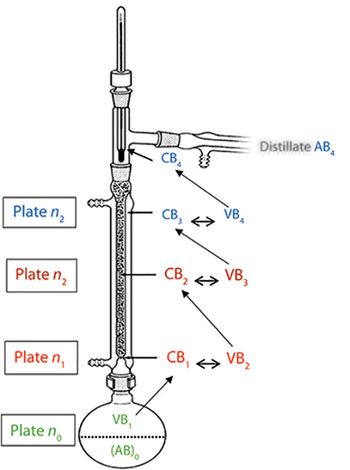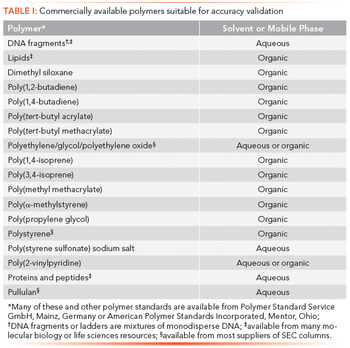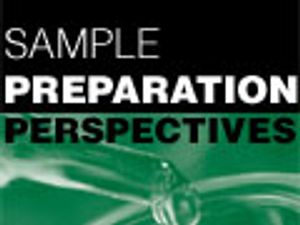
This exploration into commercially available light scattering detection systems for size-exclusion chromatography (SEC) emphasizes new technologies and will help users understand the options.

This exploration into commercially available light scattering detection systems for size-exclusion chromatography (SEC) emphasizes new technologies and will help users understand the options.

Light scattering detectors are ideally suited for size-exclusion chromatography (SEC) because they provide the molecular weight and radius of gyration information of polymeric samples without column calibration. In this article, the fundamentals of light scattering as applied to SEC are introduced, with emphasis on the origin of the Rayleigh equation. This tutorial is geared to those new to the field or who already utilize light scattering and seek clarification regarding the multitude of equations associated with light scattering. Part X of this series will present a brief summary of commercially available light scattering instrumentation with emphasis on new detector technology. Owing to the complexity of data analysis and the many equations involved with light scattering measurements, part X will also include a glossary of principal symbols and a summary of relevant equations.

The effectiveness of a separation can be quantified by measuring the resolution. This article explains the factors influencing resolution and the equation for predicting the required number of theoretical plates to obtain a given esolution.

With these equations, you can predict how solute dilution will affect sensitivity.

How well do Gaussian-shaped profiles represent injected solute peaks after they are eluted through a chromatographic column? This question is explored along with a discussion of moment analysis for determining retention time, variance, and shapes of peaks.

The number of theoretical plates forms the basis of chromatographic theory, and is a key parameter used in all modes of chromatography for measuring column efficiency. Fortunately, it’s easy to measure.

The theoretical plate concept forms the basis of chromatographic theory. Here is where it came from.

We review different approaches for measuring solute retention.

We examine the connection between the distribution coefficient and Gibbs free energy, and contributions from enthalpy and entropy.

This article, the first in a series on chromatography fundamentals, discusses the cornerstone of all chromatographic techniques-the distribution or coefficient-and its influence on liquid chromatographic separations.

Here, a procedure is described for preparing polydisperse polymer standards to validate the accuracy of any SEC method for aqueous or organic mobile phases. This approach can be used for all calibration procedures with the exception of online light scattering and viscometric detection.

A review of Professor Barry L. Karger's years as a teacher and mentor, as well as his many scientific accomplishments

The innovative and inspiring career of Barry Karger is described, including his pioneering work in bioanalysis.

This column installment traces the early development of SEC from its inception to its acceptance as a modern analytical technique.

In this month's column, Howard Barth traces the early development of SEC

Howard G. Barth and Ronald E. Majors Liquid–solid extraction is the most popular method, but sometimes modern approaches such as PLE/ASE and MAE are possible.

This instalment focuses on approaches and techniques for extracting and concentrating small molecules of interest present in polymeric materials.

A comprehensive review of standard and specialty SEC columns, including up-to-date charts and advice on how to choose

The fundamentals of size-exclusion chromatography, packing properties, and practical approaches for increasing resolution

The results of a study to determine the influence of SEC column order on molecular size separation and peak broadening

Although size exclusion chromatography (SEC) is a fairly mature separation technique, improvements are continually made in packing technology. Howard Barth and Greg Saunders review some of the basics of SEC and look at the current status of column technology, including developments for faster and higher resolution size separations.

Published: October 1st 2020 | Updated:

Published: June 1st 2021 | Updated:

Published: January 1st 2013 | Updated:

Published: January 1st 2013 | Updated:

Published: October 1st 2013 | Updated:

Published: July 1st 2013 | Updated: